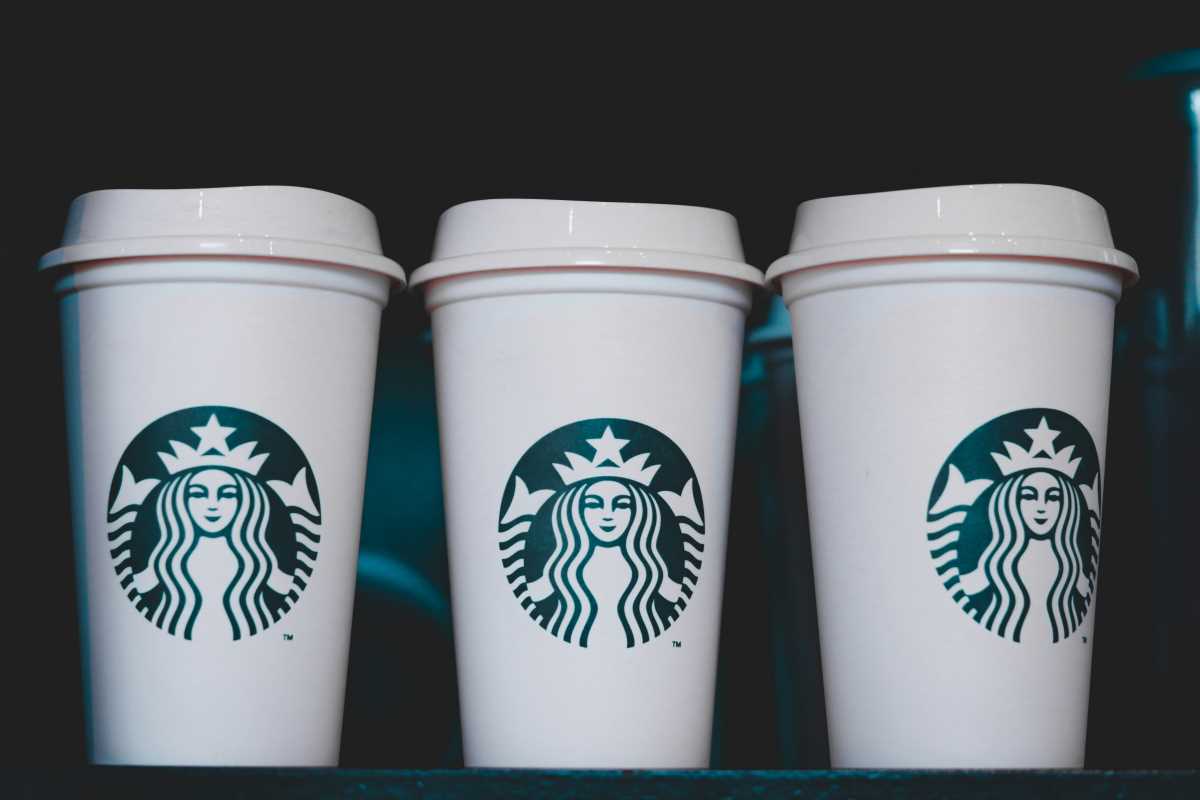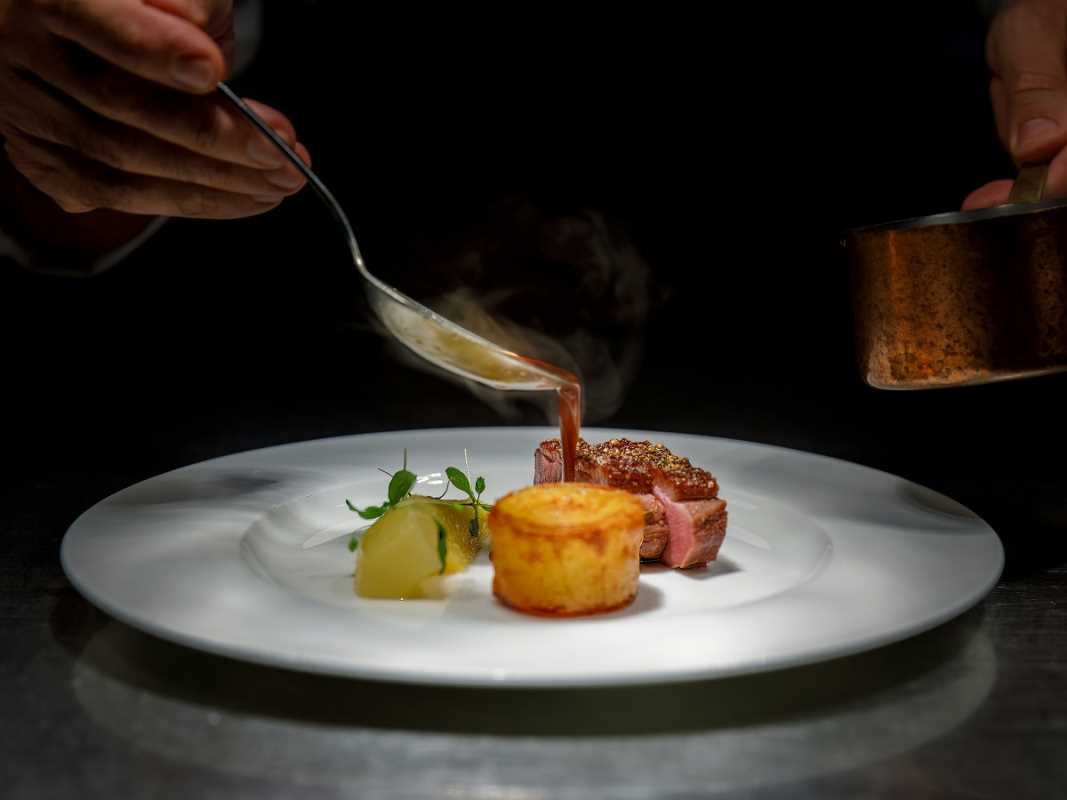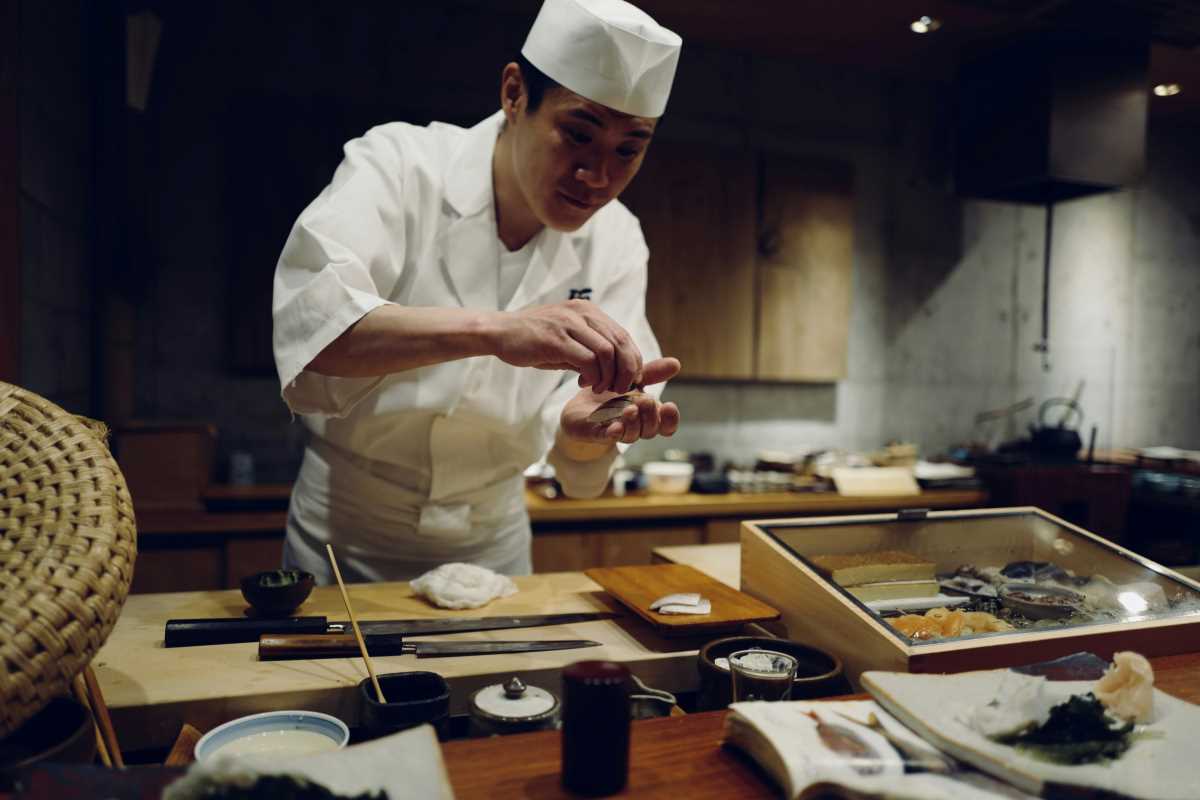You've saved up for weeks, maybe even months, for that special dinner everyone's been raving about on social media. The reservation was impossible to get, the photos look incredible, and you're ready to experience what all the hype is about. Then reality hits when the check arrives, and you realize you just paid triple what the food was actually worth.
The restaurant industry has mastered the art of creating buzz around mediocrity, charging premium prices for experiences that fail to deliver on their promises. While some establishments truly earn their high price tags through exceptional cuisine and service, others rely on marketing, location, and reputation alone to justify inflated costs.
Here's an honest look at some of the most overpriced restaurants that consistently disappoint diners, leaving them with lighter wallets and buyer's remorse.
Beauty & Essex: Instagram Over Everything
Beauty & Essex positions itself as an upscale dining destination hidden behind a vintage pawn shop facade. The concept is undeniably Instagram-worthy, with its speakeasy entrance and glamorous interior design. However, the food quality fails to match the premium pricing or elaborate presentation.
The menu features standard dishes with unnecessarily complicated descriptions and artistic plating that prioritizes visual appeal over actual taste. A simple chicken dish transforms into an overpriced creation with minimal flavor enhancement despite the fancy garnishes. The portions are notably small for the price point, leaving diners hungry after spending upwards of $50 per entrée.
Service at Beauty & Essex tends to be inconsistent, with servers more focused on maintaining the restaurant's trendy atmosphere than providing attentive hospitality. The noise levels often make conversation difficult, defeating the purpose of an intimate dining experience. While the décor creates great photo opportunities, the overall dining experience fails to justify the substantial cost.
Tao: Celebrity Spotting at Premium Prices
Tao built its reputation on being a celebrity hotspot with dramatic Asian-inspired décor and a scene-focused dining room. The restaurant charges fine dining prices for what essentially amounts to elevated takeout food served in an expensive setting.
The sushi offerings are particularly disappointing, with poor fish quality that doesn't meet the standards expected at this price point. The signature dishes lack the complexity and refinement that justify the premium pricing, instead relying on familiar flavors presented with elaborate garnishes. A basic pad thai or fried rice dish costs three times what you'd pay at a quality neighborhood Asian restaurant, without any corresponding improvement in taste or preparation.
The service model prioritizes table turnover and maintaining the party atmosphere over providing genuine hospitality. Reservations are notoriously difficult to secure, creating artificial scarcity that doesn't reflect the actual dining value. Many diners leave feeling like they paid for the privilege of being seen rather than for a memorable culinary experience.
The Plaza Food Hall: Tourist Trap Pricing
Located in one of New York's most prestigious hotels, The Plaza Food Hall markets itself as a gourmet destination featuring multiple renowned food vendors under one roof. However, the pricing reflects the prime real estate location rather than the actual food quality being served.
Individual vendors charge restaurant prices for food court-style preparation and service. A simple sandwich or salad easily costs $25-30, while the quality remains comparable to what you'd find at a standard mall food court. The seating area feels cramped and chaotic, lacking the refined atmosphere that would justify such premium pricing.
The tourist-heavy clientele allows these vendors to maintain inflated prices without focusing on repeat customer satisfaction. Many items arrive lukewarm or poorly prepared, suggesting that volume service takes priority over quality control. Local diners quickly learn to avoid this expensive tourist trap in favor of better value options nearby.
Catch: Style Over Substance Seafood
Catch positions itself as a trendy seafood destination with multiple locations and celebrity endorsements. The restaurant's marketing emphasizes its party atmosphere and Instagram-worthy presentations, but the actual seafood quality fails to justify the premium pricing.
The signature lobster roll costs over $40 for what amounts to standard lobster salad on an ordinary bun. The fish preparations often mask subpar ingredients with heavy sauces and elaborate plating, rather than highlighting the natural quality of fresh seafood. Many dishes arrive oversalted or overcooked, indicating kitchen execution problems that shouldn't occur at this price level.
The service tends to be rushed and impersonal, with servers more focused on maintaining the restaurant's energetic vibe than ensuring food quality or customer satisfaction. The noise levels make conversation challenging, while the lighting prioritizes ambiance over practicality. Diners often leave feeling they paid inflated prices for a nightclub atmosphere rather than a quality dining experience.
Serafina: Mediocre Italian at Premium Prices
Serafina operates multiple locations with prime Manhattan real estate, charging upscale Italian restaurant prices for food that lacks authenticity and proper execution. The pasta dishes consistently disappoint, with overcooked noodles and bland sauces that don't justify the $25-30 price range.
The pizza offerings fare even worse, with soggy crusts and low-quality toppings that pale in comparison to neighborhood pizzerias charging half the price. The wine program features substantial markups on standard bottles, with limited selection despite the premium pricing structure.
Service quality varies dramatically between locations, but generally lacks the warmth and knowledge expected at an authentic Italian restaurant. The dining rooms feel generic and corporate, missing the charm that makes Italian dining special. Many diners recognize they're paying for convenient locations rather than exceptional food or service.
STK: Steakhouse Style Without Steakhouse Quality
STK attempts to modernize the traditional steakhouse experience with a nightclub atmosphere and contemporary presentations. However, the steak quality fails to meet the standards expected at their price point, with inconsistent cooking and poor meat selection.
A dry-aged ribeye costing over $60 arrives with uneven cooking and tough texture, indicating problems with either sourcing or preparation techniques. The side dishes are equally disappointing, with simple preparations that don't warrant their inflated pricing. The famous truffle mac and cheese lacks both truffle flavor and proper cheese sauce execution.
The restaurant prioritizes its party atmosphere over food quality, with loud music and dim lighting that make it difficult to properly evaluate or enjoy the meal. Service follows the nightclub model rather than fine dining standards, with servers more focused on maintaining energy than ensuring culinary satisfaction.
Red Flags That Signal Overpricing
Several warning signs indicate when restaurants prioritize profit over providing genuine value to their customers. Establishments that rely heavily on social media marketing often emphasize presentation and atmosphere while neglecting fundamental food quality and service standards.
Prime locations with high rent costs often lead to inflated menu prices that don't reflect improved ingredients or preparation methods. Tourist-heavy areas particularly suffer from this phenomenon, as restaurants can maintain high prices despite poor quality due to constant customer turnover.
Celebrity endorsements and influencer partnerships frequently mask mediocre dining experiences, with marketing budgets exceeding investment in kitchen quality or staff training. Menu descriptions that use excessive adjectives or complicated terminology often hide simple preparations that don't justify premium pricing.
Making Better Dining Choices
Avoiding overpriced disappointments requires research beyond social media posts and celebrity sightings. Local food critics and longtime residents often provide more accurate assessments than tourist-focused review platforms that may be influenced by marketing campaigns.
Consider the total value proposition including food quality, service standards, and atmosphere appropriateness for the occasion. A restaurant charging premium prices should excel in all three areas, not just one or two. Pay attention to ingredient sourcing, preparation methods, and staff knowledge when evaluating whether prices align with actual value provided.
Look for establishments that have earned their reputations through consistent quality rather than marketing buzz. The best restaurants focus on perfecting their craft rather than creating social media moments, resulting in experiences that justify their pricing through genuine culinary excellence.
 (Image source: Midjourney)
(Image source: Midjourney) 





